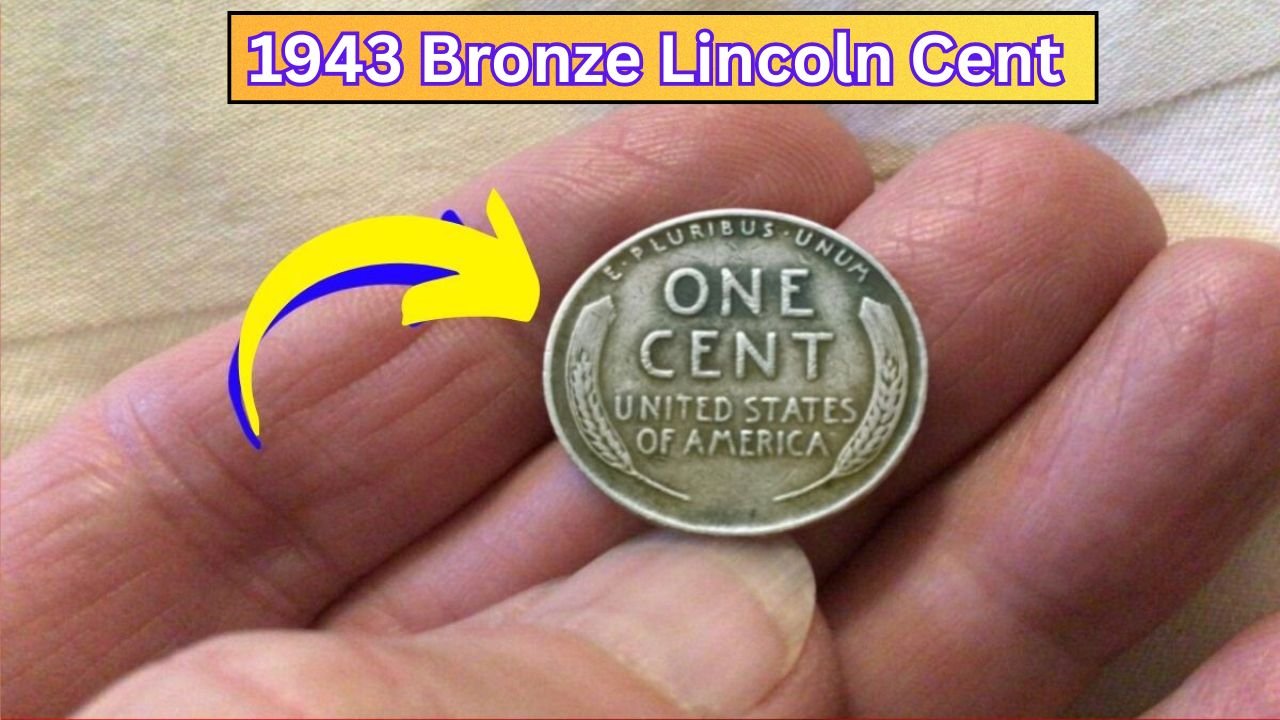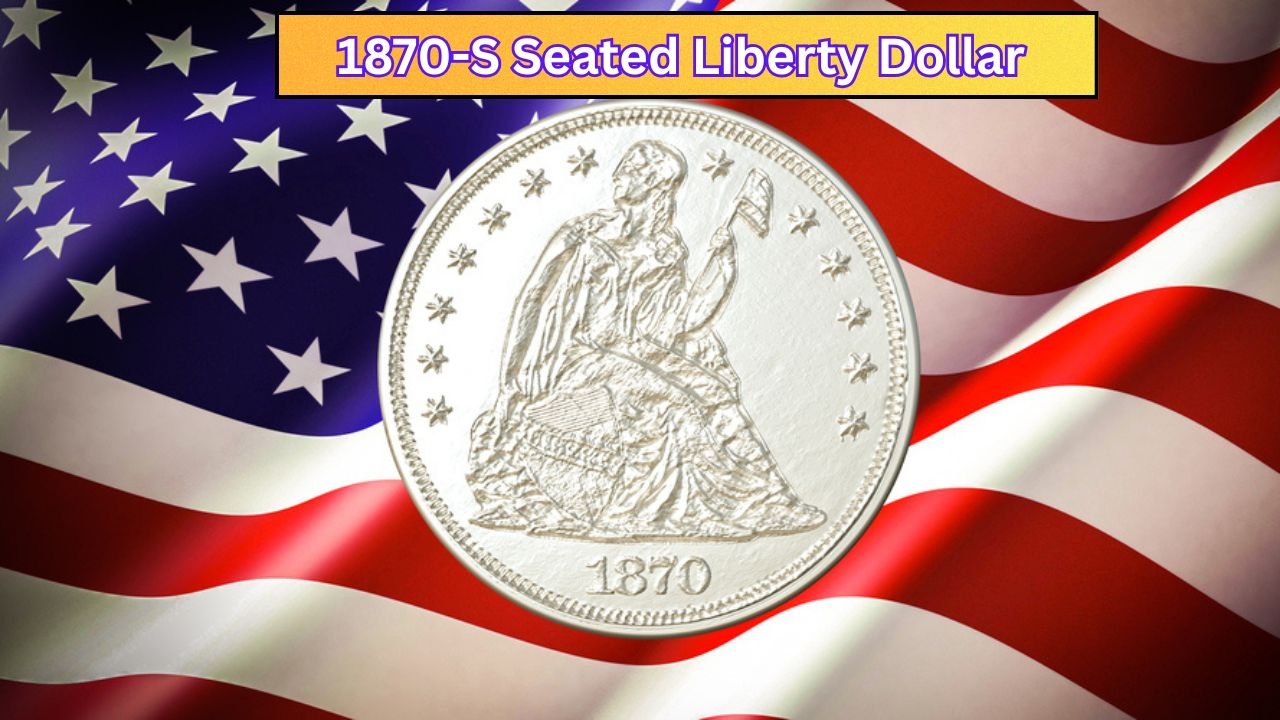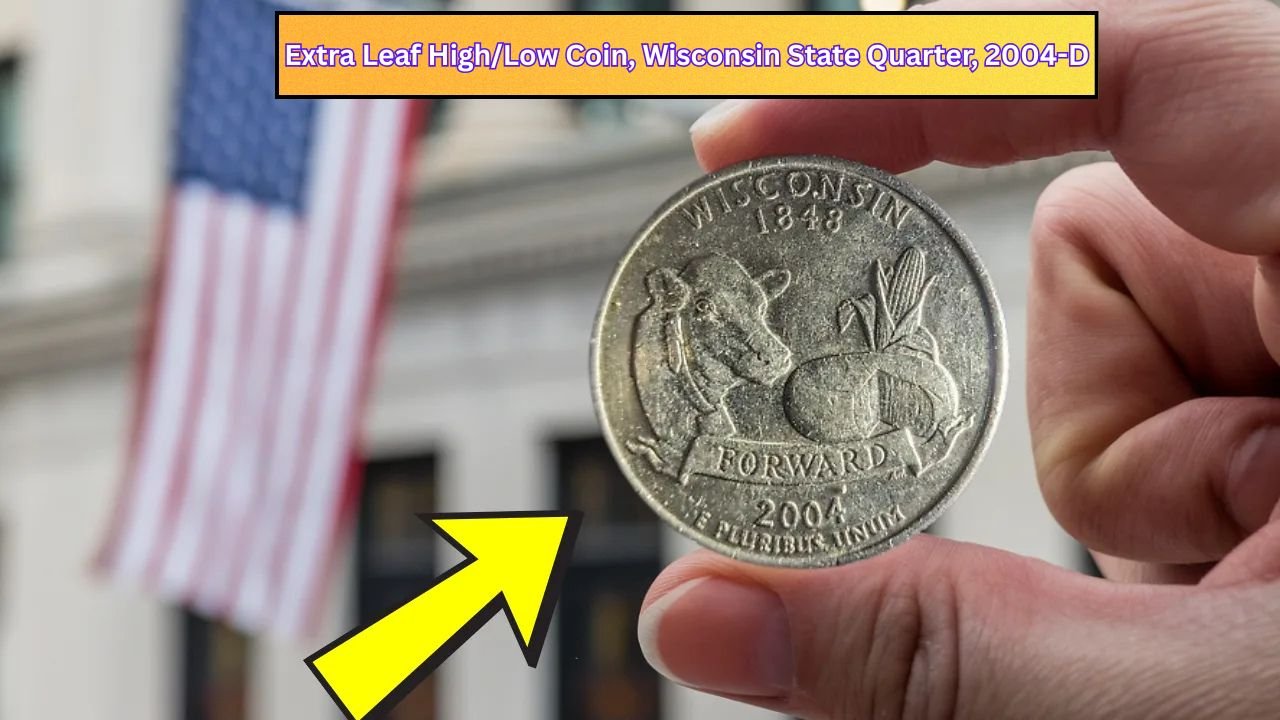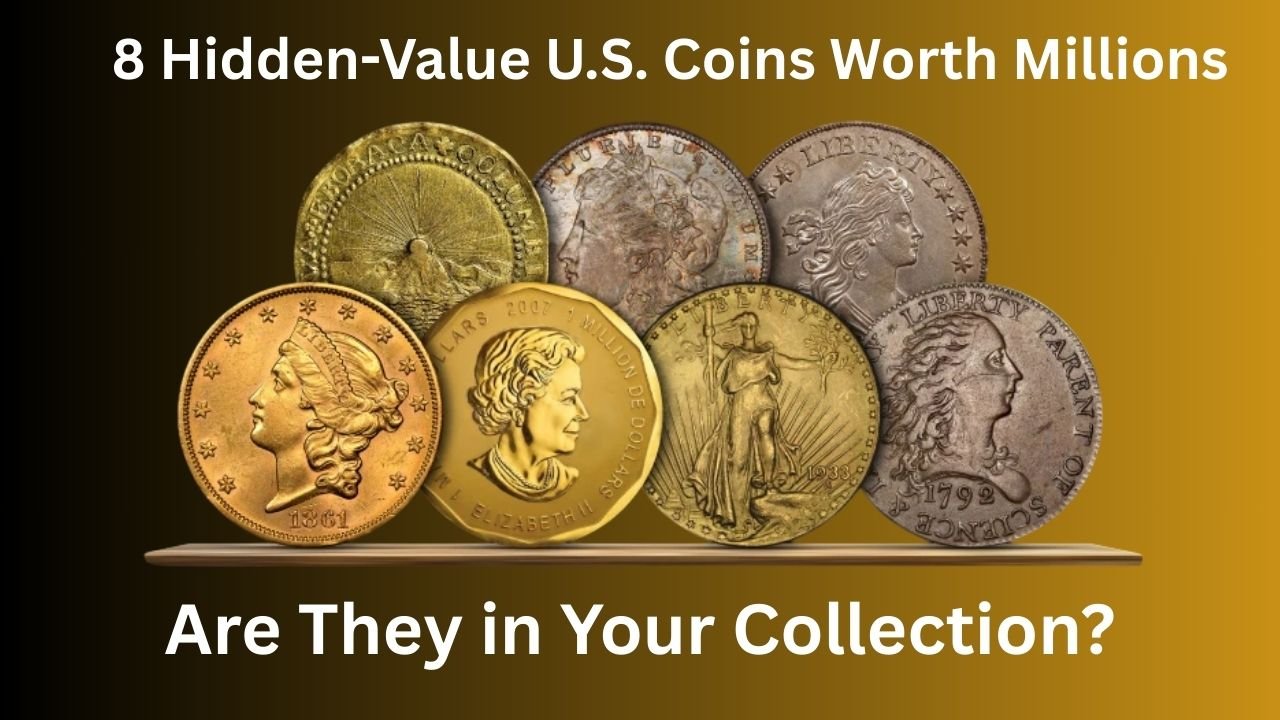Finding a rare and valuable coin is like hitting gold, sometimes literally, for coin dealers. Some coins are distinguished due to rarity, historical appeal, or mistakes in minting but most of them are worth just their face value.
More than just fascinating little lumps of metal, these are artifacts from American history and, often times, intelligent investments that have million-dollar bids at auction. In this examination will be eight of the most valuable coins produced by the U.S. Mint.
Some rare U.S. coins are valued at millions, while coins may just look like pocket change. Over the years, the value of certain coins has markedly increased due to their historical significance, low mintage, and errors. In coin-collecting, an interesting aspect of numismatics, regular men have become overnight millionaires through astounding auction sales.
In this article, eight very rare and valuable hidden-value U.S. coins will be examined. Who knows? One may well already lie forgotten in a drawer or an old jar.
1943 Bronze Lincoln Cent Fairly Value: Up to $1.7 million
That mint error during World War II made it priceless.
Copper coins were no longer struck since so much copper was required to manufacture military hardware for World War II. Hence, the U.S. Mint produced pennies from zinc-coated steel. However, very few 1943 coins display the engraving, given that a few 1942 bronze planchets (blanks) were accidentally used to produce them in 1943. It is one of the most valuable coins in American history, with an estimated number of fewer than 20 remaining in existence.

1913 Liberty Head Nickel is $4.5 million or more.
Extreme rarity and unauthorized minting are the reasons it is valuable. There are only five known examples of the 1913 Liberty Head Nickel. Unknown circumstances led to their production, most likely without the Mint’s formal approval. High-profile auctions have sold these nickels, and one even made an appearance on a Hawaii Five-O episode. The pinnacle of numismatic prestige is this coin.
1794 Flowing Hair Silver Dollar realizes $10 million.
Value stems from historical significance and being the first U.S. silver dollar.
Many would argue the 1794 Flowing Hair dollar is the first silver dollar struck by the U.S. Mint, thus an authentic piece of American history. In 2013, a near-perfect specimen fetched just over $10 million, setting a record at the time. For American coins, it is the Holy Grail.
1933 Double Eagle $7.6 million
Why It’s Worth It: never officially launched and withdrawn by the US government.
This 1933 Double Eagle was never legally issued because of the Gold Reserve Act and the Great Depression. Although more than 445,000 coins were minted, the Mint ordered that all of these coins be melted. A few coins, however, made their way into the hands of collectors. In 2002, one such coin was auctioned with a winning bid of $7.6 million.
1870-S Seated Liberty Dollar is $2 million.
Why It’s Important: There is very little proof of its creation.
It was not intended for the 1870-S Seated Liberty Dollar to exist. About a dozen have turned up over the years, but no records indicate that it was minted at the San Francisco Mint. Collectors value it because of its rarity and extremely low mintage. According to experts, the coin slipped through the cracks because it was created as a presentation piece.

1944 Steel Wheat Penny: As much as $100,000
Reason Why It Is Worth That Much: Minting error similar to the bronze cent of 1943.
This 1944 steel penny was struck using steel blanks leftover from the previous year, just like the 1943 bronze error coin. Some steel planchets were mixed in with the copper metal that was supposed to be used for these pennies. They are incredibly rare and precious, as there are only a few dozen in existence.
1969-S Double Die Lincoln Cent: $35,000-$100,000+
The obverse design has important doubling errors, greatly increasing its value.
Check your 1969 Lincoln penny from the San Francisco Mint closely for the strong double-strike effects on the words LIBERTY, IN GOD WE TRUST, and the date on the 1969-S doubled die. Collectors will pay big money for one in good condition and certified because it is a major minting error.
Extra Leaf High/Low Coin, Wisconsin State Quarter, 2004-D
Value Estimate: $1,000 to $6,000
It is valuable because one looks to the added leaves, which may have been intended or unintended, in the corn stalk design.
There is an interesting mistake in the 2004 Wisconsin State Quarter: some of the coins show an extra leaf on the husk of corn. They are called the “High Leaf” and the “Low Leaf.” These errors were due to die gouges or intentional alteration. In either case, modern-day coin collectors cherish their exaggerated rarity.

Determining the Value of a Coin
Even if you are not a numismatist, here are some features you can use to identify potentially valuable coins:
- Date and Mint Mark: Unfamiliar years or a peculiar mint mark may indicate low mintage.
- Errors or Varieties: Check for extra design elements, off-centered strikes, or doubling.
- Condition: The higher the grade is here, the more value uncirculated or nearly uncirculated coins have.
- Composition: Coins that have been minted with the wrong metal, however in mistake, may be great rewards in terms of value.
What will you do if you find one?
Do Not Attempt to Clean the Coin: Cleaning can reduce the value drastically.
- Authenticate: Have a coin grading professional you can trust authenticate your coin, either PCGS or NGC.
- Check Recent Sales: Scan auction records for examples to see what the current price value is for your coin.
- Consult a Dealer: Speak to a qualified coin dealer for good advice.
Concluding remarks
Besides being mere metals, these eight rare U.S. coins are historical artifacts potentially capable of changing a life. They are worth the search for, whether you are a committed collector or just someone interested in the change in your pocket.
The next millionaire coin could be there resting in your coin jar.
FAQS:
How do I know if a coin in my collection is valuable?
Look for some features that may be unusual, such as misprints, rare minting years, or coins made of unexpected materials. You may compare your coin with photos and information from one of the official coin grading websites or consult a professional numismatist.
Are old coins always worth a lot?
Not always. Just being old is not sufficient to determine the worth. Rarity, condition, minting errors, and demand from collectors are weighed far heavier in the worth of a coin.
What should I do if I find one of these rare coins?
Do not attempt to clean or otherwise alter the coin. Place it safely and securely in dry conditions, take it for assessing or authentication by a reputable grading service, e.g., PCGS (Professional Coin Grading Service) or NGC (Numismatic Guaranty Company).
Can I sell rare coin online?
Yes, you can sell rare coins on eBay, Heritage Auctions, or through certified coin dealers. Always make sure that you have the correct authentication so that you can get the best number for it.
